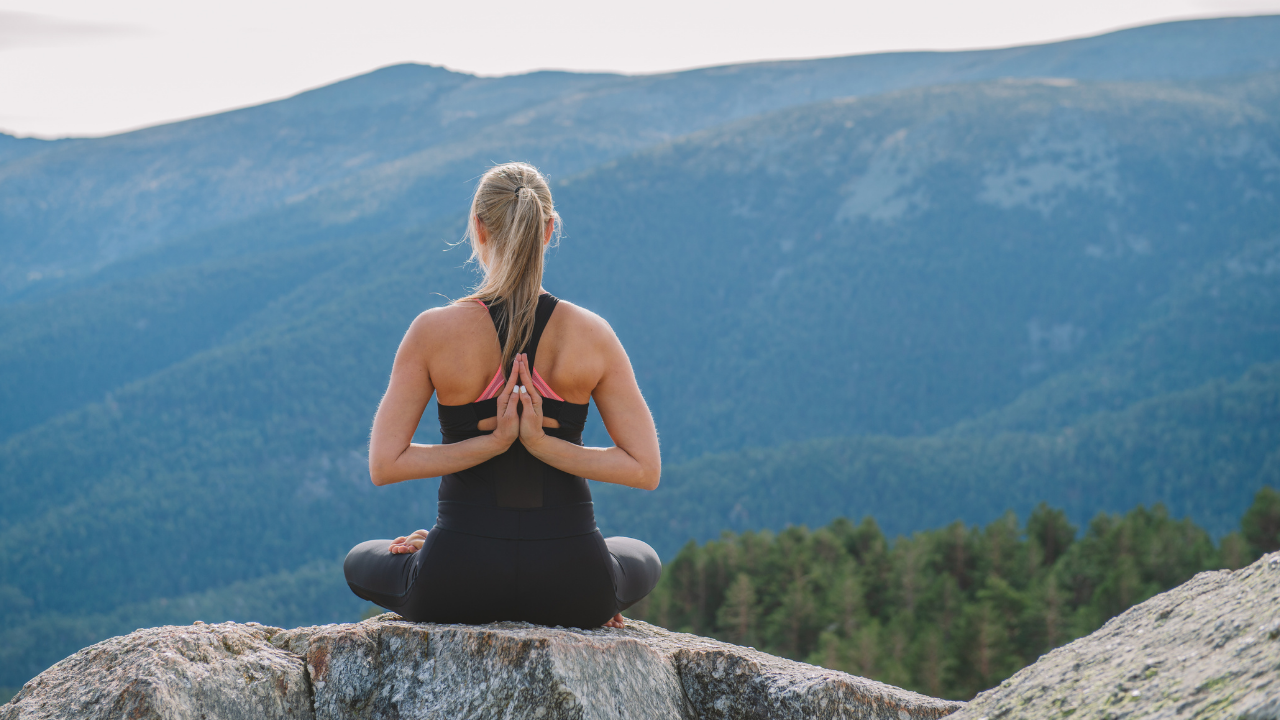If you’re lifting weights without addressing postural disparities such as one shoulder higher than the other, a hip that is rotated forward or rounded shoulders then YES your unbalanced posture is becoming stronger and more engrained with every repetition performed.
I’m not saying don’t resistance train if you have postural disparities but rather use your resistance workout to improve your posture.
Many of my clients are particularly concerned about the rounding they are seeing in their upper back and shoulders. This posture is a consequence of our lifestyle habit of reaching out in front of us to do things – drive, type, cook, write, etc. Our bodies respond to this repeated stimulus and change its alignment with the upper back muscles becoming overly stretched and the chest muscles becoming overly tight. The shoulders blades move apart, the head goes forward and we look at ourselves in the mirror and feel old. If we maintain this rounded position while performing resistance exercises we will only become stronger in this posture.
As I have been watching several DVDs on various strength training exercises there is one recurring solution to correct this problem that is applicable to many exercise movements. Whether you are completing a bench press, seated row or abdominal crunch, pinching your shoulder blades down and together is imperative to improving your upper body posture.
The photo on the left below shows the back in a relaxed posture. Notice the distinct inner edge of the shoulder blade and how the bones are moved out and up from the spine. This position creates the appearance of rounding in the upper back and shoulders. In this view the shoulders look as if they are curling forward and down.
On the right the shoulders are pinched together. The prominent edge of the scapula is no longer visible. Wrinkles appear in the bra from the muscular contraction and improved upper back posture. The shoulders no longer appear rounding forward and the upper back is flattened. This is the position you want to strengthen.
Relaxed Shoulders

Scapula Retraction

Retracting the shoulder blades prior to lifting stretches the chest muscles and strengthens the upper back muscles both of which are needed for improved upper body alignment. Additionally, pinching the scapula also stabilizes the shoulder blades and confines the range of motion for the exercise to prevent injury.
Scapula retraction is only one of several tips to improving posture while strength training. Additional positioning tips are listed below.
General Guidelines for All Exercises
- Pinch the shoulder blades down and together.
- Align the feet straight forward and hip-width apart.
- Start on the machines until you have mastered proper muscle mechanics for the exercise.
- Use light weights to avoid compensated movements, train the muscles you intend.
Bench Exercises – Relax your lower back without pushing it flat or over arching.
Sitting Exercises – Roll your pelvis forward to a neutral position with your sit bones pointed straight down and your lower back slightly arched.
Abdominal Crunches
- Place your hands behind the head with your fingers interlaced. Pull and hold your elbows and shoulders back to reduce the pressure on your head and neck.
- Look straight up or slightly back, keeping your chin off your chest.
- Allow natural pelvic movement, do not flatten and hold your back down.



